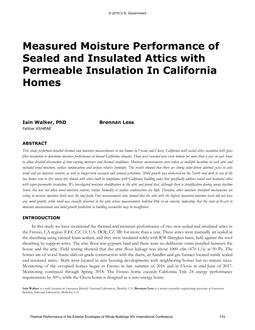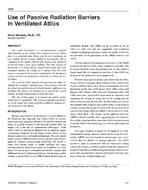Coal-fired tile stoves are widely used in Poland for domestic heating. These massive stoves are fired for short periods once or twice each day, and the stored heat is slowly released into the room by natural convection. Low-quality coal is typically used, and these stoves are therefore a major source of air pollution. A facility has been constructed to study the efficiency and emission characteristics of these stoves. Stove exhaust gas is directed into a dilution tunnel in which pollutant concentrations and emission rates are measured. Efficiency is determined using a heat loss method. In baseline tests, stove efficiencies were found to be higher than expected – 60% to 65%. Emission factors are high for particulates, carbon monoxide (CO), and organics. Low-volatility “smokeless fuels” were tested as an alternative to the normal fuels. Using the normal operating procedure, these were found to yield a factor of 10 reduction in particulate emissions but a 50% increase in CO emissions. A new operating procedure was developed with these fuels in which CO levels were lower than with the normal fuel and efficiency increased to 70%. These smokeless fuels are seen as attractive options for improving regional air quality; partly because their use does not require capital investment by residents.
KEYWORDS: year 1995, coal fired, stoves, Poland, efficiency, air pollution, outdoor, convection, flue gases, content, heat loss, testing, particles, carbon monoxide, organic compounds, smokeless fuels, air quality,measuring
Citation: Symposium, ASHRAE Trans. 1995, Vol.101, Part 1, Paper number CH-95-1-1, 525-527
Product Details
- Published:
- 1995
- File Size:
- 1 file , 1 MB
- Product Code(s):
- D-16764


